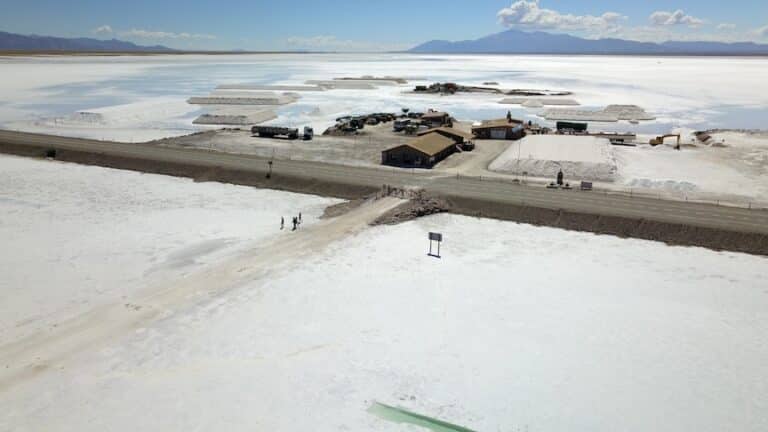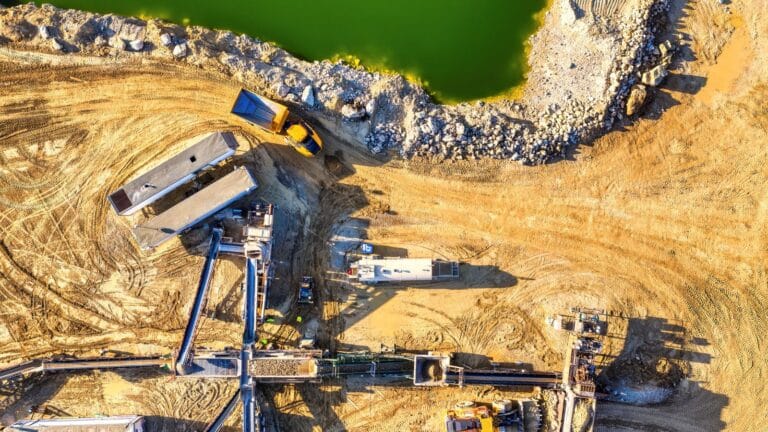This report represents the research and views of the authors. It does not necessarily represent the views of the Center on Global Energy Policy. The piece may be subject to further revision.
Contributions to SIPA for the benefit of CGEP are general use gifts, which gives the Center discretion in how it allocates these funds. More information is available here. Rare cases of sponsored projects are clearly indicated.
-
CGEP’s Visionary Annual Circle
-
Corporate Partnerships
Occidental Petroleum Corporation
Tellurian Inc.
Foundations and Individual Donors
Anonymous
Anonymous
Aphorism Foundation
the bedari collective
Children’s Investment Fund Foundation
David Leuschen
Mike and Sofia Segal
Kimberly and Scott Sheffield
Bernard and Anne Spitzer Charitable Trust
Ray Rothrock
Executive Summary
The United States is at a pivotal moment to modernize its approach to critical mineral stockpiling. Minerals are increasingly central to American strategic interests, yet the US remains heavily reliant on foreign suppliers, particularly China, for processed materials. This dependency exposes the US to major vulnerabilities in national, economic, and climate security. The National Defense Stockpile (NDS) can be a key policy lever to reduce these vulnerabilities. At present, however, the NDS is underfunded, covering only a fraction of projected needs in a national emergency. It also may not be realizing its potential to address underlying market failures that threaten US economic interests in addition to its historical defense role.
This report, part of the Critical Materials Initiative at the Center on Global Energy Policy at Columbia University SIPA, finds that an economic stockpile with market-shaping quantities of material may cost more than six times the amount of a defense-oriented stockpile. It is therefore important to integrate stockpiling choices into the wider array of policy options, analyzing whether a stockpile is the most efficient tool to address the specific market failure at hand for each material and transaction.
The report outlines five foundational choices if a stockpiling strategy is adopted, as bipartisan support suggests is possible, and offers related recommendations for US policymakers designing such a system:
- Clarify the stockpile objectives: The United States would need to decide whether its stockpile would serve national defense exclusively or also aim to stabilize markets and support key industries. International examples from China, Korea, and Japan show that it is possible to serve dual interests. A wider mandate for the NDS could expand its objectives to include reducing price volatility, supporting responsible supply chains, and de-risking capital investment.
- Choose which minerals to stockpile: The US currently uses lists from the US Geological Survey, Department of Energy, and Department of Defense to determine which materials are critical and potentially worth stockpiling. It is crucial to regularly align and update these lists. A tiered approach could distinguish between bulk/base metals, battery materials, and niche metals (for which high-impact, low-cost opportunities exist). It can also phase acquisitions to avoid distorting markets and inflating acquisition costs.
- Decide which processing stage to stockpile for each mineral: Stockpiling ores offers flexibility but assumes domestic processing and refining capacity that the US lacks for most minerals. Refined products, despite higher costs and storage complexity, are more useful in times of crisis. The US could prioritize stockpiling refined products in the short term while accelerating investments in allied processing infrastructure.
- Formalize the management system: Stockpiles can be managed by the federal government, semi-independent agencies, or private industry under mandate—or some mix of the three. Korea and Japan use hybrid models, combining public stockpiles with voluntary or mandatory private reserves. The US can adopt a similar structure that balances public control with industry participation, including the use of offtake contracts and emergency release mechanisms.
- Weigh stockpile costs against depth: Acquisition costs will rise significantly as global demand for minerals increases. Strategic use of instruments like forward contracts, contracts-for-difference, and advance purchase agreements can help manage costs for a market-shaping stockpile while still incentivizing new supply.
The US would need to ensure that the NDS is properly funded to meet its current mandate before considering expanding its scope to industrial resilience and economic security, which would require additional sustained investment over decades rather than a one-off appropriation. But the country does face an important window to align mineral stockpiles with the strategic landscape of the 21st century. A well-designed system can reduce supply chain vulnerabilities, support domestic and allied industries, and enhance America’s geopolitical leverage.





